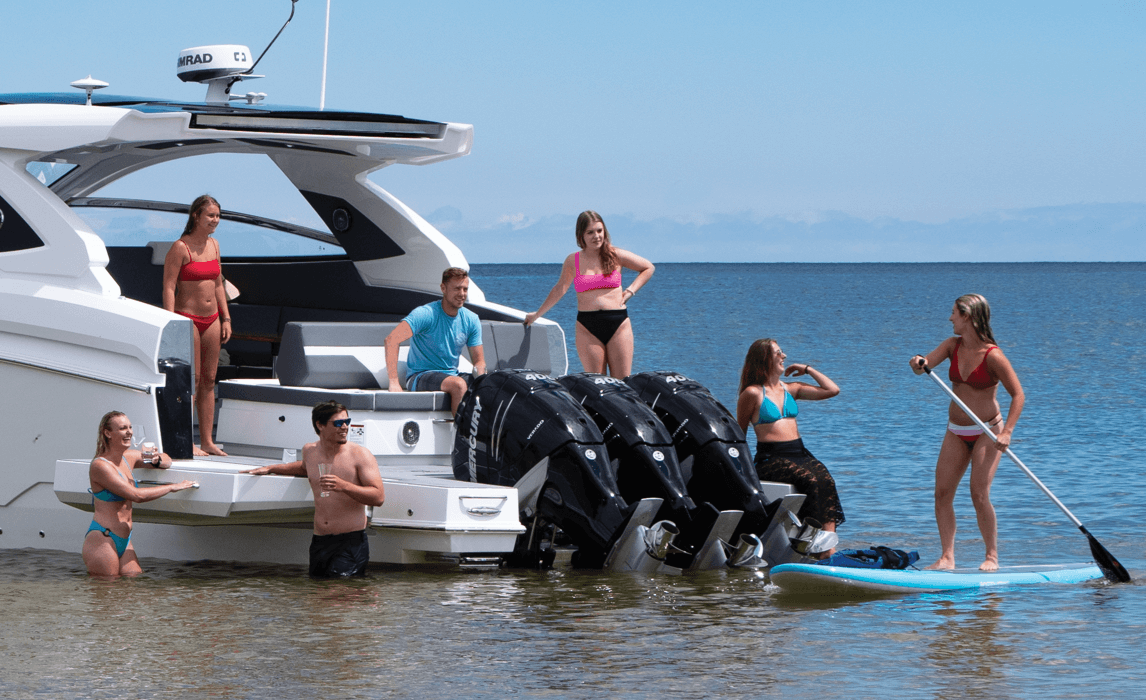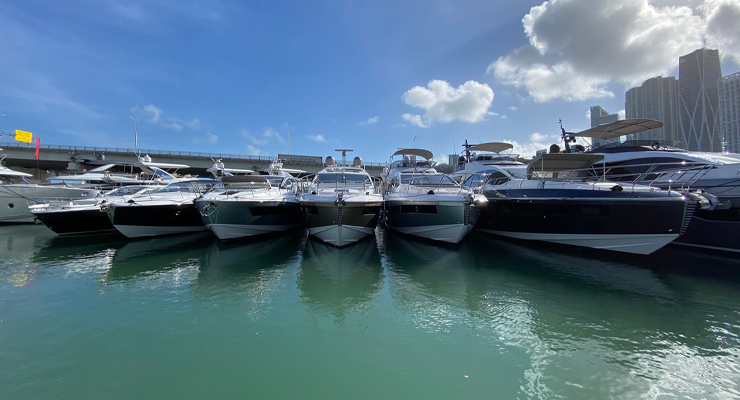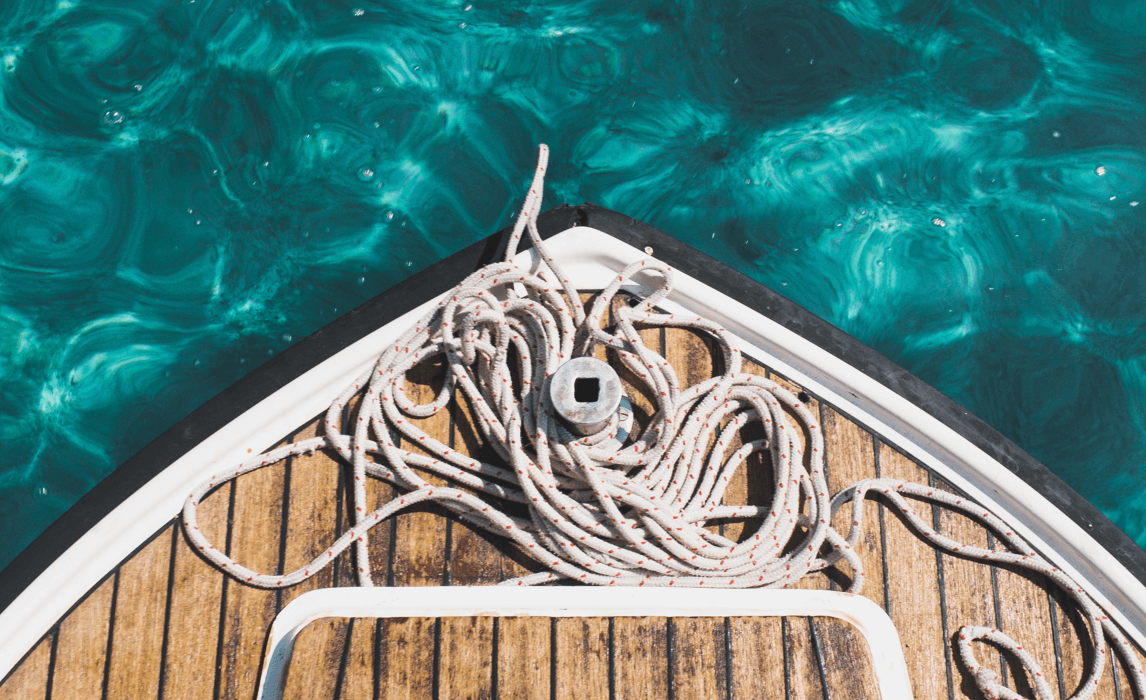NEWCOAST EXPERTISE
Spring Commissioning: Preparing Your Boat for the Season
If you live in the northern part of the U.S., the time finally has come to take your boat out of winter storage and prepare it for the season ahead – a process called “spring commissioning”. Many boaters rely on their boat dealer, service shop or marina to winterize their boat in the fall and commission it in the spring. Others, particularly owners with trailerable boats they can store in their garage or the backyard, prefer to do this process themselves. Either way, this checklist will take you step by step through the basics of spring commissioning.
1. Remove the winter cover.
If your boat was shrink-wrapped and you remove it carefully, you might be able to reuse it in the fall. If it isn’t usable, check with your state or county to see if if has a shrink-wrap recycling program.
2. Inspect and service the engine.
No matter what type of engine(s) drives your boat, it’s crucial to check the engine and running gear, including the gearcase, hoses, belts, and prop(s), for damage, wear and tear. Repair or replace parts as needed. If you have an inboard or sterndrive engine, and the engine oil and filter weren’t changed in the fall, do so now. Change the gear lube in your outboard or sterndrive lower unit. Additional steps may be required to commission the engine – Check the owner’s manual and follow the manufacturer’s recommendations.
3. Prepare the fuel.
If you stored your boat without adding fuel stabilizer or with less than a full tank, the fuel inside may have broken down or condensation formed over the winter months. If that’s the case, have the old fuel pumped out and replace it with fresh fuel. If your boat takes gas, fill the tank with ethanol-free blend, if possible. Consider adding fuel stabilizer if recommended by the engine manufacturer.
4. Flush the freshwater system.
Your boat’s freshwater system should have been treated with antifreeze prior to winter storage in a cold climate. If so, flush the entire system with fresh water. Open all the faucets, turn on the shower, and let the water run until you don’t see the pink tinge of antifreeze. Then, run the wtaer a minute or two longer, just to be sure.
5. Check the battery(ies).
If you stored your boat’s battery on a maintenance charger over the winter, put it back in the boat and make sure the leads are properly connected. If the battery stayed on board, clean the terminals and cable ends and check they are tight, then hook it up to a charger. There’s nothing worse than getting to the ramp on the first day of the season, only to find your boat’s battery is dead!
6. Detail your boat.
Go over the whole interior with a fine-tooth comb to make sure no mold or mildew has grown in hidden spots on board over the winter. Assemble your favorite cleaning supplies (use environmentally friendly products if possible) and give your boat a thorough cleaning, including washing any canvas and soft tops, and all vinyl seats and cushions. Wax the hull and topsides to preserve the gelcoat and finish from the harmful effects of salt water and discoloration from sun. A sparkling clean and shiny boat will make you proud when you take it out for a run on that first warm day.
No matter how impatient you are to get back out on the water, it’s important to dewinterize and commission your boat properly. The more thoroughly you inspect, repair if needed, and service your vessel in the spring, the fewer days on the water you will miss during the summer months.
Newcoast is a leading insurance and finance provider in the marine and recreational industry. Newcoast offers competitive and customized boat loans and RV financing options, as well as tailored boat insurance plans and RV insurance programs with robust carrier options, industry-leading experience, and access to world-class partners. To obtain a loan or insurance plan that’s right for you and your boating or RV lifestyle, call (866)639-2627 or visit www.newcoast.com.

insights
Finding the Right Boat or YachtNEWCOAST EXPERTISE Finding the Right Boat or Yacht for You? With Newcoast by your side, findi...
Learn More
expertise
How to get the best interest rateNEWCOAST ADVANTAGE How to Get the Best Interest Rate If you're looking for the best rates an...
Learn More
insights
Boat Show TipsNEWCOAST DIFFERENCE Headed to a Boat Show? So many boats and yachts all in one place! Shoppi...
Learn More
expertise
Understanding Your Credit ScoreNEWCOAST EXPERTISE Understanding Your Credit Score Have you been considering a loan to purchas...
Learn More